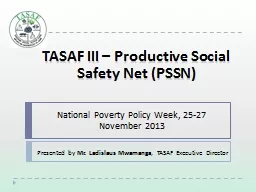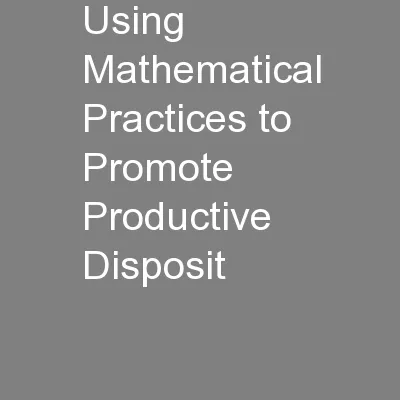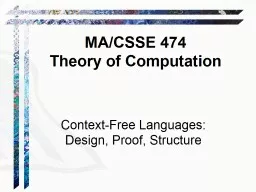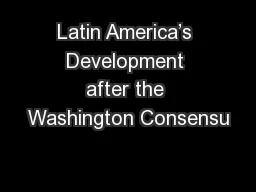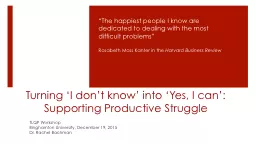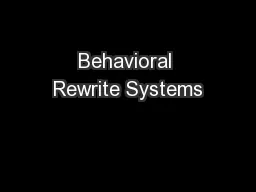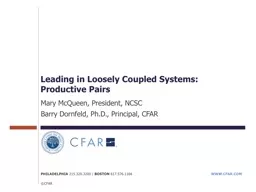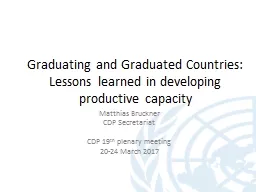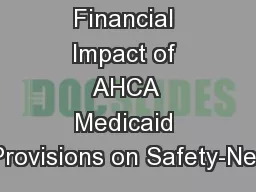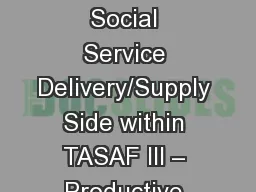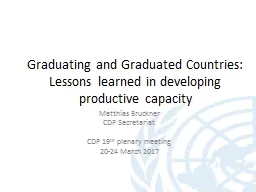PPT-TASAF III – Productive Social Safety Net (PSSN)
Author : sherrill-nordquist | Published Date : 2018-03-20
National Poverty Policy Week 2527 November 2013 Presented by Mr Ladislaus Mwamanga TASAF Executive Director Outline Background Achievements Lessons learned
Presentation Embed Code
Download Presentation
Download Presentation The PPT/PDF document "TASAF III – Productive Social Sa..." is the property of its rightful owner. Permission is granted to download and print the materials on this website for personal, non-commercial use only, and to display it on your personal computer provided you do not modify the materials and that you retain all copyright notices contained in the materials. By downloading content from our website, you accept the terms of this agreement.
TASAF III – Productive Social Safety Net (PSSN): Transcript
Download Rules Of Document
"TASAF III – Productive Social Safety Net (PSSN)"The content belongs to its owner. You may download and print it for personal use, without modification, and keep all copyright notices. By downloading, you agree to these terms.
Related Documents

